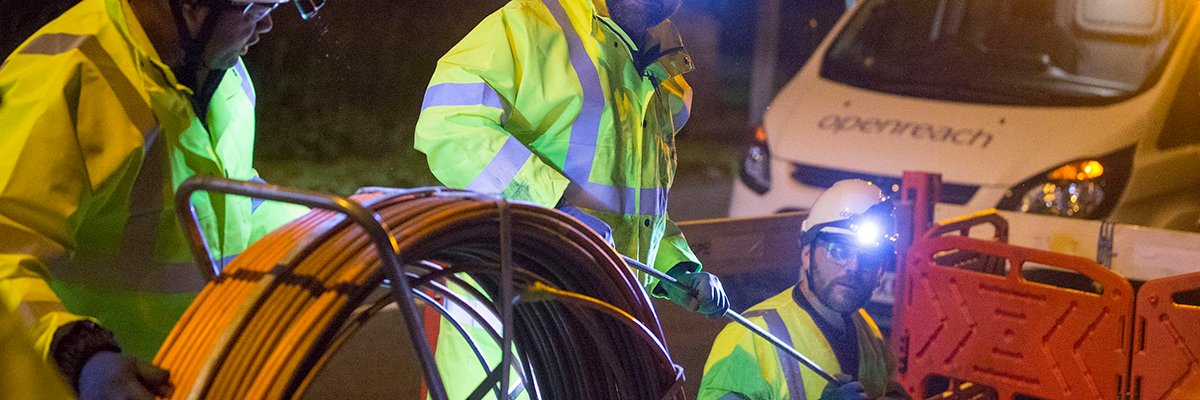Hot on the heels of UK comms regulator Ofcom noting that the UK’s market was in the final stages of almost universal access to gigabit broadband, the latest edition of Think Broadband’s The state of broadband report has pointed to a robust broadband marketplace, but one that’s also likely to see some shake-ups in its service provider competition over the next few years.
The report investigates each nation in the UK, looking at both gigabit broadband and full-fibre coverage. It provides updates on the UK’s independent and alternative network providers (altnets), who are on a mission to compete against the country’s leading provider, Openreach.
Think Broadband regards altnets as playing a vital role where incumbent fibre-to-the-premises (FTTP) services are not available, providing a critical lifeline for local communities desperate for fast broadband. It made particular note of the YouFibre/Brsk merger in 2024, and now, approval for the Zzoomm/Full Fibre deal it says will result in creating a larger, more efficient altnet for investors.
The key finding showed that full-fibre, that is FTTP, is now available to over 75% of households across the UK, up from 69% in July 2024, with Openreach leading the way at 52%, up from 46%. Gigabit networks in general are available to 86.6% of households, up from 83.9% a year previously.
While full-fibre has increased 6.3% since Think Broadband’s last report in July 2024, gigabit coverage has only increased by 2.7% during the same period. The latter trend is attributed to overbuild – when a network operator builds in an area already covered by another network – by fibre providers of Virgin Media’s DOCSIS 3.1 network, which can currently deliver gigabit services – plus, some full-fibre networks are overbuilding each other.
In terms of roll-out in the four nations of the UK, the study observed that England, Wales, Scotland and Northern Ireland have overall respective FTTP access levels of 75.1%, 75.4%, 67.1% and an impressive 96.2%. For gigabit in general, these are 87.3%, 79.6%, 80.3% and 96.6%.
Assessing how altnets are performing in each country, the levels of access in England, Wales, Scotland and Northern Ireland are 42.5%, up 4.7% year-on-year; 17%, +2.5%; 32.6%, +2.5%; and 39.5%, +4.6%.
Examining overbuild in more depth, Think Broadband observed that while competition and diversity among suppliers is good for consumers and businesses alike, it makes it a more challenging investment for investors in altnets that need to see a return on the capital they inject. These show that Northern Ireland is leading the way with 38% of premises covered by two full-fibre networks (via a mixture of Fibrus, Openreach, Virgin Media radio frequency over glass, Nexfibre and YouFibre), and 8% covered by three.
However, the study also found quite high rates for Yorkshire and the Humber, which itself has notable full-fibre coverage.
Looking to the future, the report predicts that FTTP networks will be available in 85% of premises by January 2026 and 95% by the end of that year. Think Broadband says it has also seen a slow-down in full-fibre roll-out, with limited investment by some altnets.
Altnet services were found to be available to two out of every five premises, up from 35.9% a year ago.










